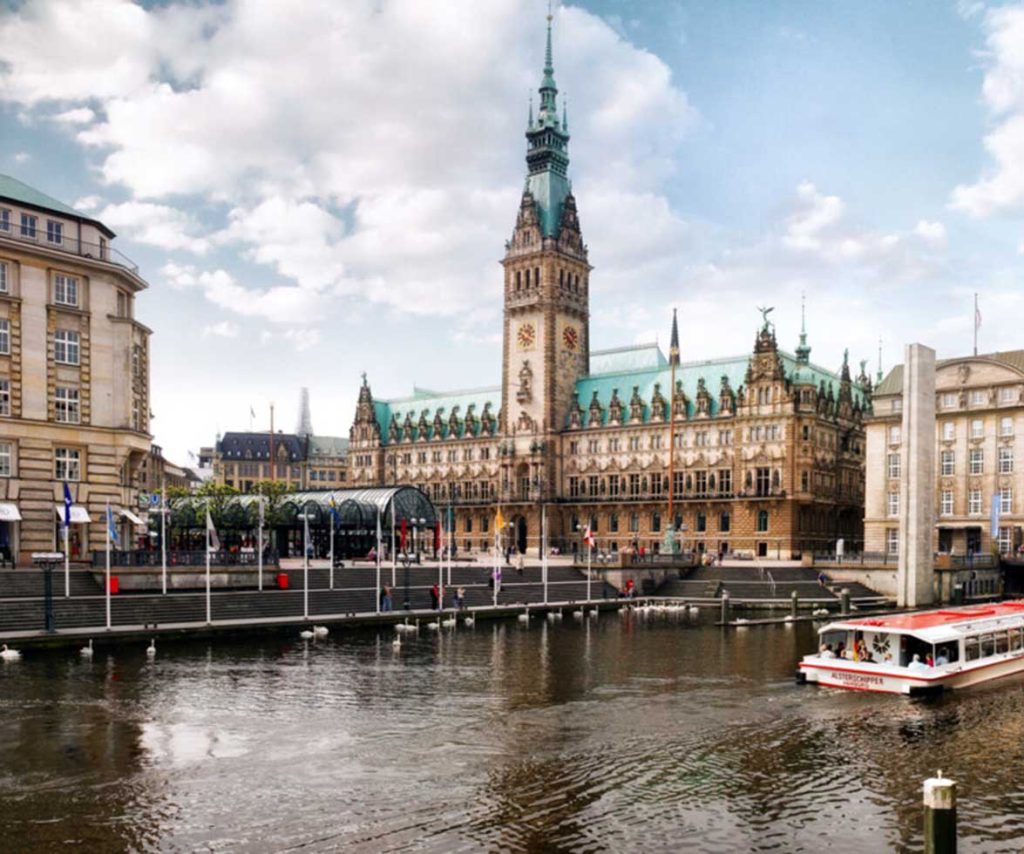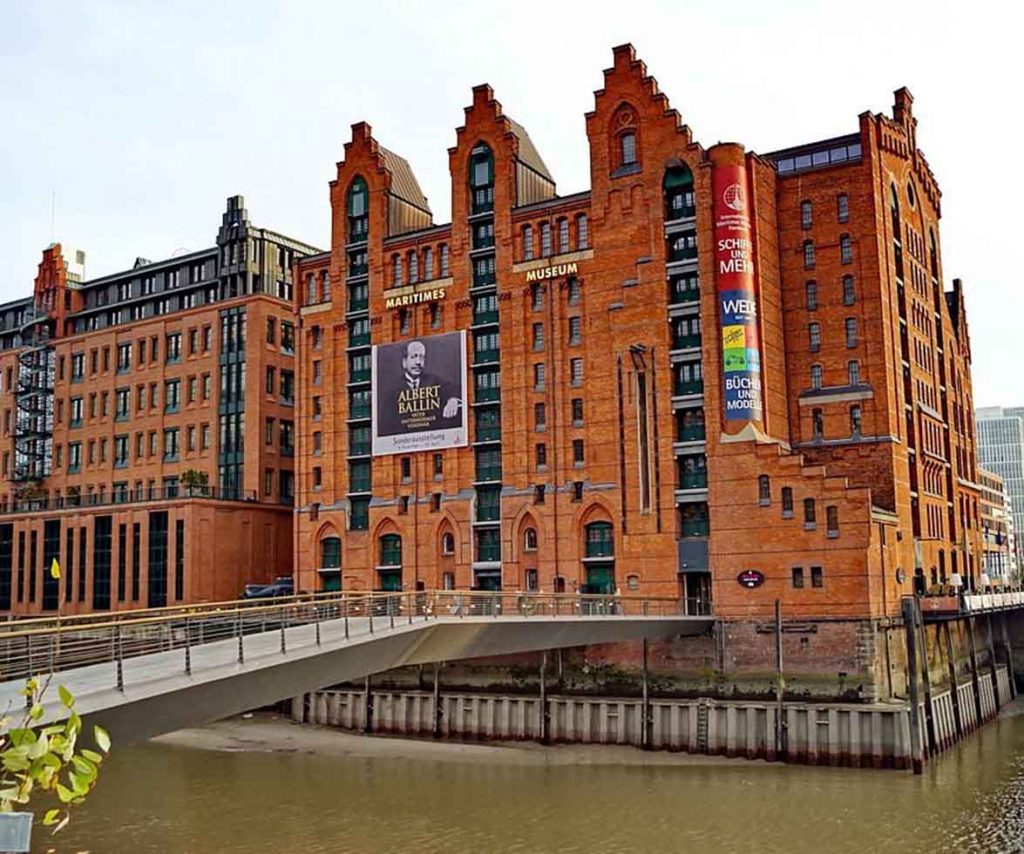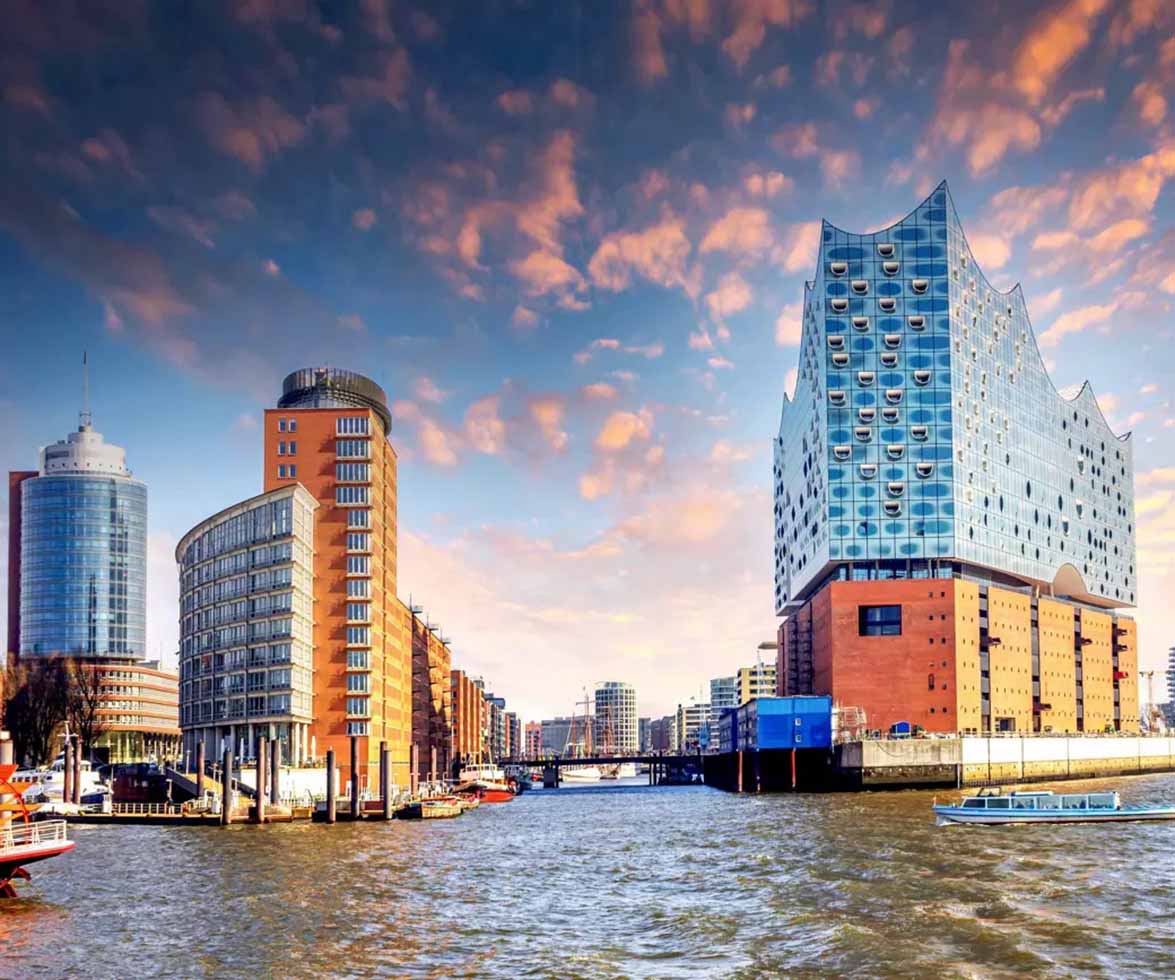Hamburg is often overlooked when it comes to European travel destinations, but once I set foot in this dynamic city, it quickly became clear why it deserves a place on any traveler’s itinerary. Located in northern Germany, Hamburg is a city full of contrasts—between modern architecture and traditional brick buildings, bustling urban life and serene green spaces, rich maritime history, and contemporary cultural flair. It’s the kind of city that invites you to take your time, explore its hidden corners, and discover a side of Germany that you won’t find anywhere else.
In this guide, I’m going to walk you through the highlights of Hamburg, share some personal tips, and give you a feel of the experiences that make this city so special.
1. Getting to Hamburg
The journey to Hamburg starts with getting there, and fortunately, the city is well connected. Hamburg’s airport, Hamburg Airport (Flughafen Hamburg), is just 20 minutes away from the city center. The airport is quite modern and offers plenty of public transport options, including a quick train ride to the heart of the city. If you’re traveling by train, Hamburg Central Station (Hauptbahnhof) is a major transport hub with connections from all across Europe.
On my arrival, I was immediately struck by the city’s mix of modern design and historic charm, and I couldn’t wait to dive in.
2. First Impressions: The Heart of the City
Hamburg’s city center is where the excitement begins. The area around the Town Hall (Rathaus) is a great starting point, offering a glimpse of the city’s fascinating history and stunning architecture. The Town Hall itself is a beautiful neo-Renaissance building, surrounded by cobbled streets and grand squares. As I wandered around, I found myself admiring the intricate details of the facades and soaking in the atmosphere of one of the busiest parts of the city.
Just a short walk from the Town Hall is the Alster Lake, a stunning body of water right in the center of Hamburg. I spent a few hours walking around the lake, enjoying the tranquil surroundings. The contrast between the peaceful lake and the city’s hustle and bustle is incredible. Whether you’re into running, cycling, or just strolling, the Alster area is perfect for outdoor activities.

3. The Port and Warehouse District
As a port city, Hamburg’s maritime heritage is one of its defining features. The Port of Hamburg is one of Europe’s largest and busiest, and it offers countless opportunities for exploration. I decided to take a boat tour, which provided a fantastic vantage point to see the harbor’s vast expanse, the many cargo ships, and the bustling container terminals.
The Speicherstadt (Warehouse District) is another iconic part of Hamburg’s port area. This UNESCO World Heritage site is one of the largest warehouse districts in the world, with its distinctive red-brick buildings lining the canals. Walking through Speicherstadt felt like stepping back in time. The old warehouses, many of which are now used for museums and offices, create an atmosphere that is both nostalgic and charming.
One of the highlights of this district is the Miniatur Wunderland, the largest model railway exhibition in the world. It’s an experience that goes beyond just trains; it’s an intricately designed miniature world, complete with tiny airports, bustling cities, and even working lights. I was thoroughly impressed by the level of detail and creativity.
4. St. Pauli and the Reeperbahn
A visit to Hamburg wouldn’t be complete without experiencing St. Pauli, a neighborhood famous for its nightlife and cultural scene. The Reeperbahn, often referred to as the “sinful mile,” is the heart of St. Pauli’s vibrant nightlife. The area is packed with bars, clubs, theaters, and unique shops, and it’s known for its alternative and edgy vibe.
I wandered around the Reeperbahn at night, soaking in the neon lights and the energetic atmosphere. The streets were lined with people, music playing from every direction, and the air full of excitement. Despite its reputation, St. Pauli has a lot of character and diversity, with a strong sense of local pride. If you’re into live music, you’ll definitely find plenty of venues to enjoy, from cozy pubs to large concert halls.
5. The Elbphilharmonie: A Modern Marvel
One of the most striking features of Hamburg’s skyline is the Elbphilharmonie, a modern concert hall that rises above the harbor. This architectural masterpiece is a symbol of Hamburg’s commitment to culture and innovation. The building itself is a marvel, with a glass structure that curves and flows like a wave, sitting atop a historic warehouse.
I visited the Elbphilharmonie Plaza, which is free to access and offers a stunning panoramic view of the city and the harbor. The view from the top is breathtaking, with the harbor stretching out in front of you, and the city’s mix of old and new architecture laid out beneath your feet. Even if you’re not attending a concert, this spot is worth the visit for the views alone.
6. Hamburg’s Parks and Green Spaces
While Hamburg is a bustling city, it also offers plenty of green spaces for those looking to escape the urban hustle. One of my favorite places to unwind was Planten un Blomen, a large park right in the city center. The park is beautifully landscaped, with serene lakes, colorful flower beds, and tree-lined paths. I spent an afternoon there, reading and enjoying the peaceful atmosphere.
For something a little different, I also visited the Stadtpark, a vast green space on the edge of the city. The park features a large lake, a planetarium, and plenty of areas to relax or enjoy outdoor activities. The combination of greenery and calmness is exactly what you need after a day of exploring the city.
7. Hamburg’s Food Scene
One of the things I was most excited about when visiting Hamburg was the food. The city has a rich culinary scene, influenced by its maritime history and multicultural population. Hamburg is known for its fish dishes, and I couldn’t leave without trying a traditional fish sandwich (Fischbrötchen). This simple yet delicious dish consists of fresh fish served on a bun with pickles and sauce. You’ll find stands selling these sandwiches near the harbor, and I highly recommend grabbing one to eat while you stroll along the waterfront.
Another highlight of the Hamburg food scene is the vibrant street food culture. The city is home to several markets, such as the Isemarkt, which is one of the longest markets in Europe. Here, you can sample local produce, cheeses, meats, and more. I spent a morning wandering through the market, trying different samples and chatting with the friendly vendors. It’s an experience that offers a true taste of Hamburg’s local flavor.
8. Museums and Culture

Hamburg’s cultural offerings are diverse, and the city is home to several museums and galleries that showcase its rich history and artistic heritage. The Kunsthalle Hamburg is a must-visit for art lovers. This museum houses a vast collection of European art, spanning from the medieval period to contemporary works. I spent several hours wandering through the galleries, admiring the range of pieces on display.
For something more unique, I also visited the International Maritime Museum, which tells the story of Hamburg’s long history as a port city. The museum is housed in a historic warehouse and features exhibits on shipbuilding, navigation, and the city’s maritime heritage. It’s an excellent way to learn more about the role the harbor has played in shaping Hamburg.
9. Day Trips from Hamburg
While Hamburg itself offers so much to explore, there are also several interesting day trips that are easily accessible from the city. One of the most popular destinations is Lübeck, a charming medieval town about an hour away by train. Lübeck is known for its beautiful old town, which is a UNESCO World Heritage site, and its traditional marzipan sweets.
Another great option is a visit to the North Sea coast. The town of Cuxhaven, located about two hours from Hamburg, is the gateway to the Wadden Sea National Park. The park is a UNESCO World Heritage site and is famous for its unique tidal flats, where you can walk across the sea floor at low tide. It’s an incredible natural experience and a nice escape from the city.
Hamburg is a city that stays with you long after you’ve left. Its mix of history, culture, and modernity creates an environment that feels both familiar and exciting. Whether you’re cruising along the Elbe River, enjoying the green spaces, or indulging in some local delicacies, Hamburg offers an experience that is both diverse and immersive. I couldn’t have asked for a better destination to explore, and I’m already looking forward to my next visit.
